
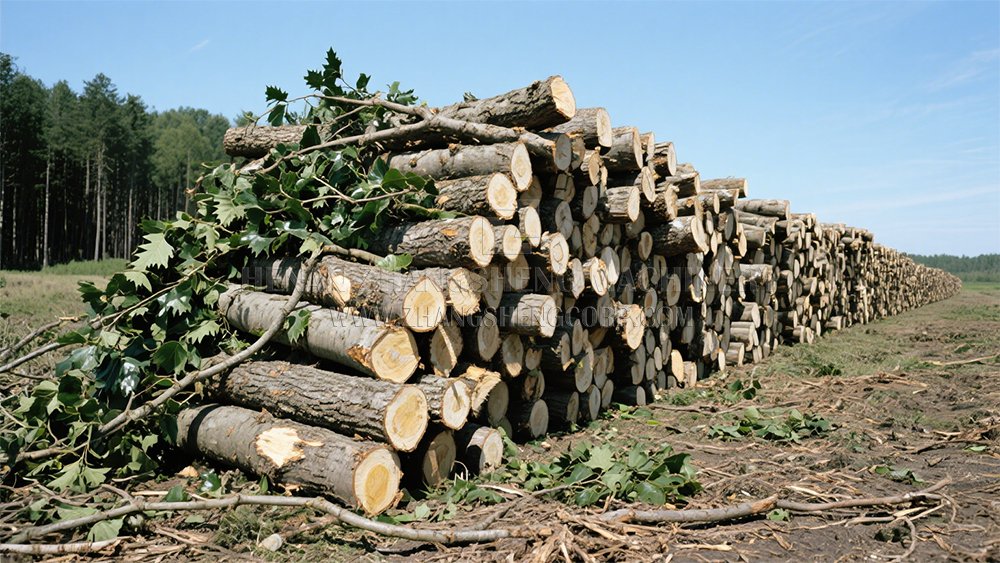
Generally, you can put a small amount of leaves into a wood chipper, especially if mixed with branches [24]. However, it's generally not ideal to put large piles of leaves through a wood chipper
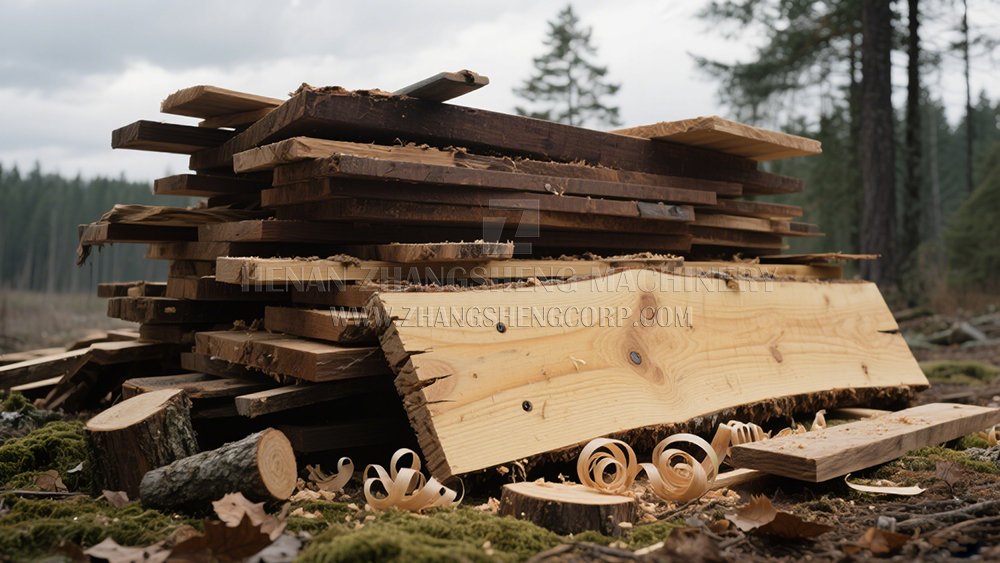
The main reason for using a wood chipper is to reduce the volume of wood waste, making it easier to handle and repurpose the resulting chips . Wood chippers can turn big, unwieldy branches into manageable chips for easy disposal or reuse .

Trailer-mount wood chippers and tracked wood chippers are two primary types of mobile wood chippers. Each offers unique advantages based on their design and mobility features, which cater to different operational needs and work site conditions.

The largest wood chipper can handle logs with a diameter of up to approximately 150 cm (about 5 feet) using heavy-duty horizontal grinders; ordinary wood chippers usually deal with logs up to 50 cm.

The size of a log you can put into a chipper depends entirely on the specific model and its design, primarily limited by the infeed opening's dimensions and the machine's engine power . While small chippers handle branches, industrial models can process logs from 12 inches (300mm) up to 16 inches (400mm) in diameter, and specialized horizontal grinders can even take up to 1.5 meters (5 feet) .
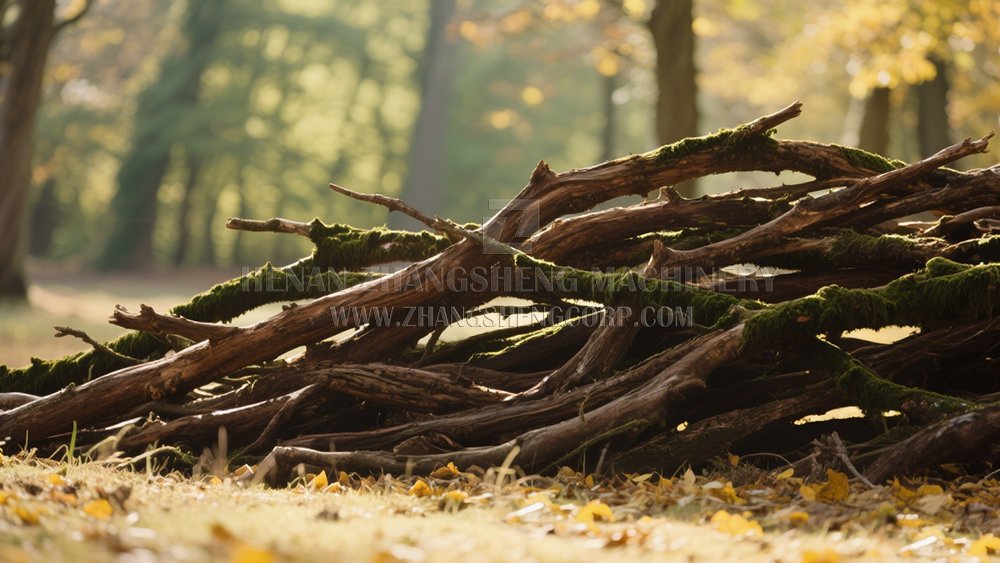
Brush chipper drums, discs, and knives are the primary cutting mechanisms, each designed for specific applications. Drum chippers excel at processing varied woody materials into consistently sized chips, while disc chippers are known for producing finely cut chips quickly. The knives on both determine cutting efficiency and chip quality.

To choose a wood chipper, you need to consider the type and amount of wood you'll process, the desired chip output, power source, mobility, and how often you'll use it. Evaluating these factors helps match the chipper's capacity, power, and design to your specific requirements, ensuring efficiency and long-term value.
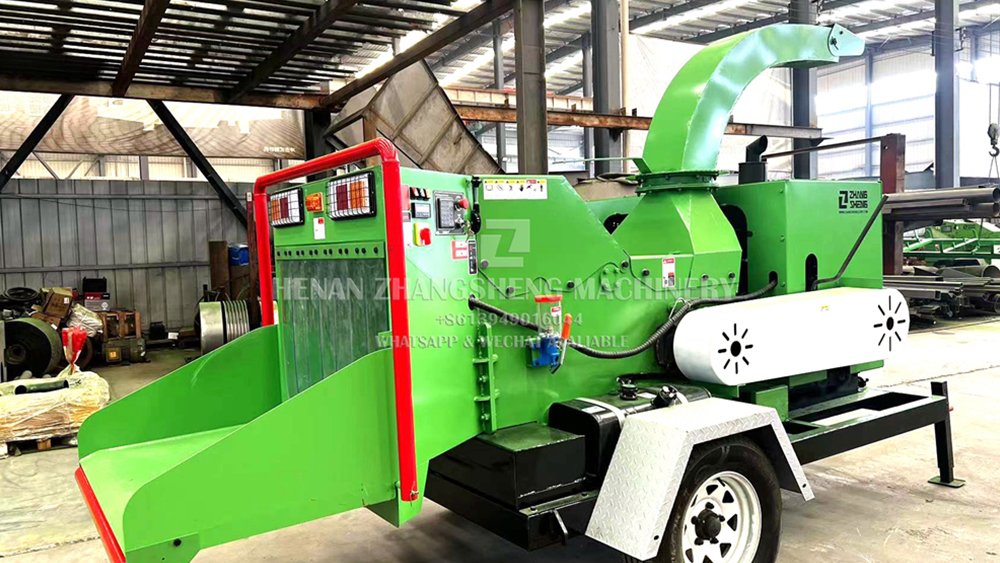
Wood chippers reduce woody debris into smaller pieces, which are ideal carbon-rich components for composting. The resulting wood chips can be used as a primary ingredient in your compost pile, helping to create nutrient-rich soil amendments for your plants.
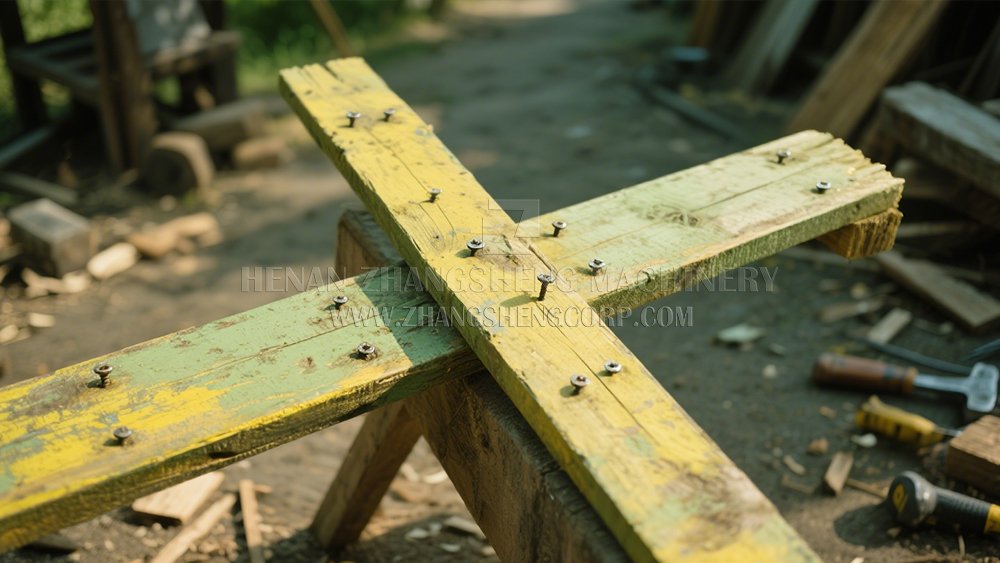
Generally, putting wood with nails in a wood chipper is not recommended and should be avoided whenever possible.
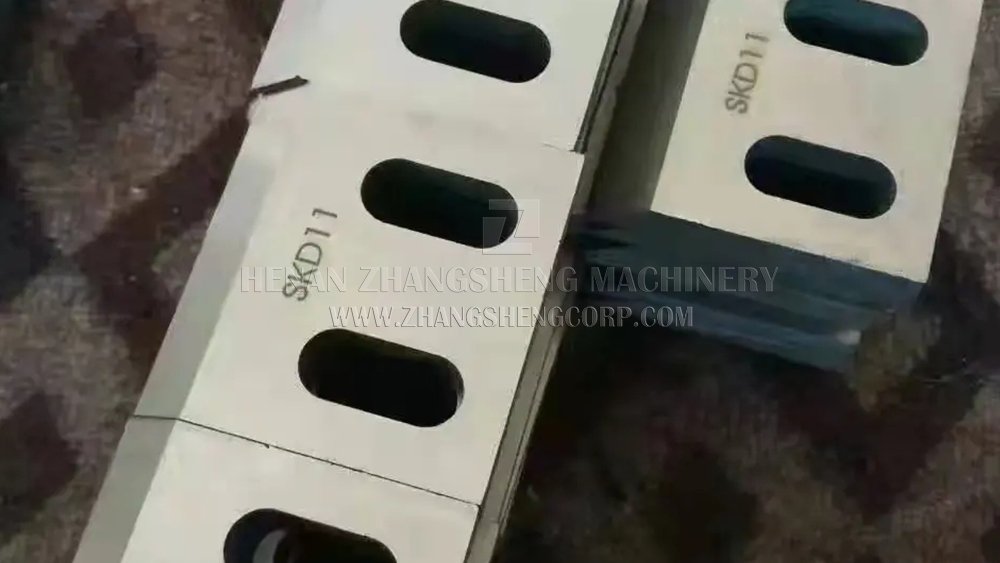
Yes, wood chipper blades can be sharpened, and it is a routine maintenance task. Regularly sharpening your blades helps maintain optimal chipping performance, extends the blade's overall service life, and reduces strain on the machine